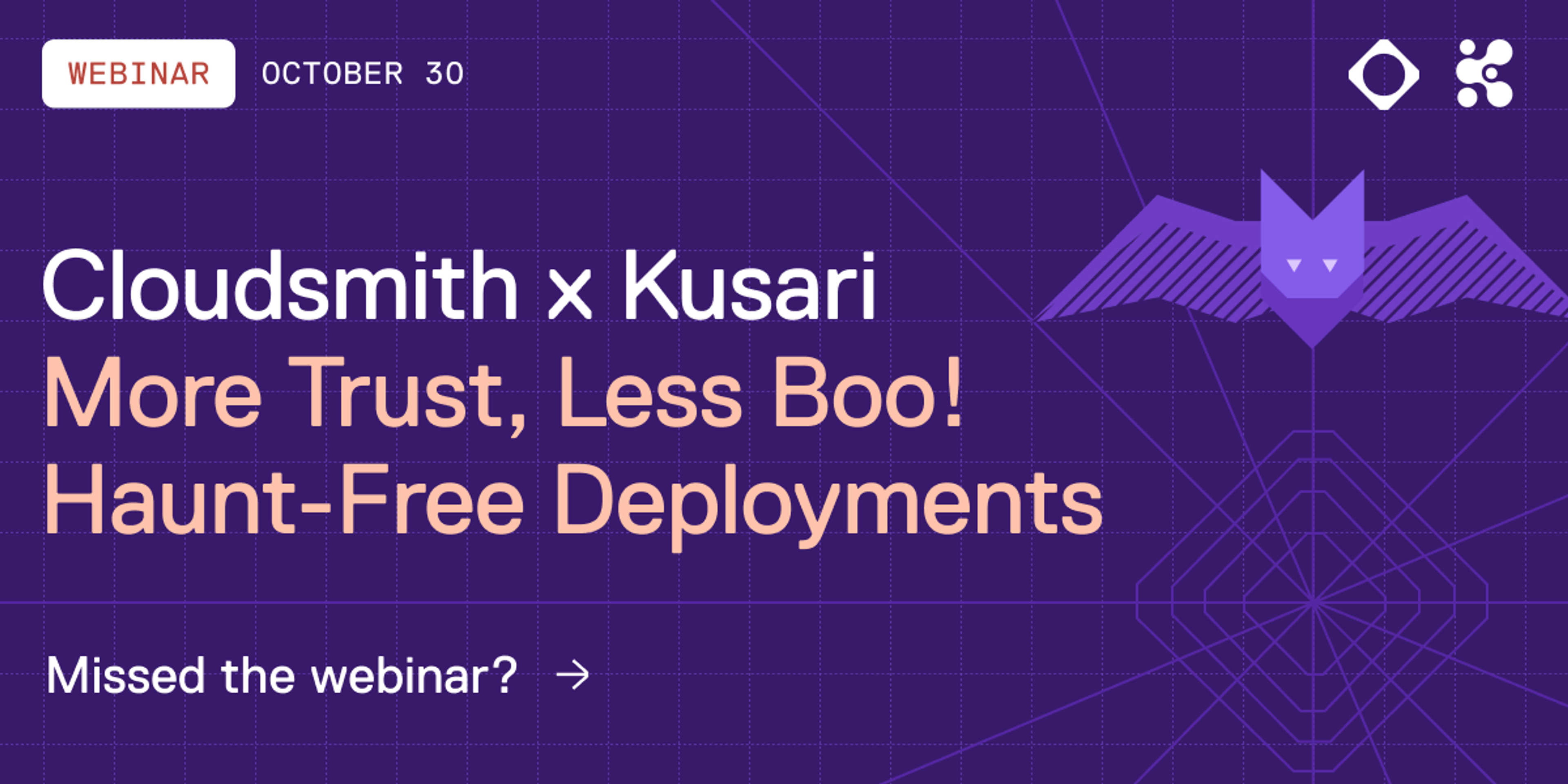
Breaking the "Department of No": Ship fast but also secure

For most developers, the traditional security pipeline is a source of friction, not a tool for enablement. You push a new feature, the CI build kicks off, and suddenly you're facing a wall of 1,200 critical CVEs from a transitive dependency you didn't even know you had. The release is blocked, and the security team becomes the "Department of No" - a metaphorical bottleneck that seems to exist solely to slow down velocity. This dynamic is broken. The goal isn't to have less security; it's to have smarter security that enables speed; that requires moving from noisy alerts to prioritised, actionable risk.
This "Department of No" culture is a direct result of missing context. When a security team sees a thousand CVEs, they have to assume all are critical. Without clear software provenance, every new dependency is a potential "mystery blob" - an unaudited package that could be anything from a benign tool to a typosquatted nightmare. An SBOM (Software Bill of Materials) provides the "what," but it doesn't provide the "so what?" This is why developers get buried in alerts for vulnerabilities that aren't even reachable in their code. To fix this, you need a system that doesn't just find problems, but also provides the context to prioritise them.
This is where the pipeline needs to get smarter, starting at the build. A tool like Kusari Inspector integrates directly into your CI pipeline to provide this missing context before an artifact is ever created. Its job isn't just to find every CVE; it's to intelligently triage them. By performing context-aware analysis, it determines if a vulnerability is actually reachable within your application's call path. This is the practical power of VEX (Vulnerability Exploitability eXchange) reporting. That jaw-dropping list of 1,200 CVEs becomes a manageable, actionable list of something like five that can genuinely pose a threat. Kusari acts as the guardian of the build, generating a tamper-proof evidence packet containing a signed SBOM, a VEX report, and a provenance attestation, ensuring you only build what you trust.
Kusari ensures you build the right thing.
Cloudsmith ensures you only use the right thing.
Once Kusari verifies a build and signs its evidence packet, the artifact can be pushed to the Cloudsmith artifact repository. Cloudsmith isn't simply a passive vault, it also serves as an intelligent admission control layer via Enterprise Policy Management (EPM). Cloudsmith’s automated policy-as-code offering allows users to quarantine packages with a deep-level of context. This is where you set the rules: "Block any artifact with a non-compliant license from being pulled," or "Prevent any package with a critical-severity CVE from being deployed to production, if we know there’s a fix already available." It gives you the "last mile" of control, ensuring that only verified, secure, and compliant artifacts are distributed and consumed by developers and production systems.
This combination of Kusari and Cloudsmith creates a closed-loop security system that finally busts the "Department of No" myth. For developers, this means an end to the noise. You get fast, actionable feedback directly in your CI pipeline, allowing you to fix the five critical, reachable vulnerabilities instead of arguing about the 1,200 that aren't. For the organisation, it means security transforms from a reactive bottleneck into a proactive, automated discipline. You can trust that anything you pull from Cloudsmith is pre-vetted, and security teams have an end-to-end, auditable trail from source to deployment. This is how you stop fearing security and start automating it, enabling your team to ship with confidence and speed.
Further Learning
- Watch the full webinar replay - here
- Coffee with Kusari podcast (Ep. 8) - here
- Better Together (Cloudsmith + Kusari) - here

More articles


What is Software Supply Chain Integrity?

Extend EPM policies to Hugging Face artifacts

Slopsquatting and Typosquatting: How to Detect AI-Hallucinated Malicious Packages

The DevOps Guide to Mitigating Software Supply Chain Risks

Shai-Hulud: The Second Coming - What You Need to Know and Do Now
By submitting this form, you agree to our privacy policy
